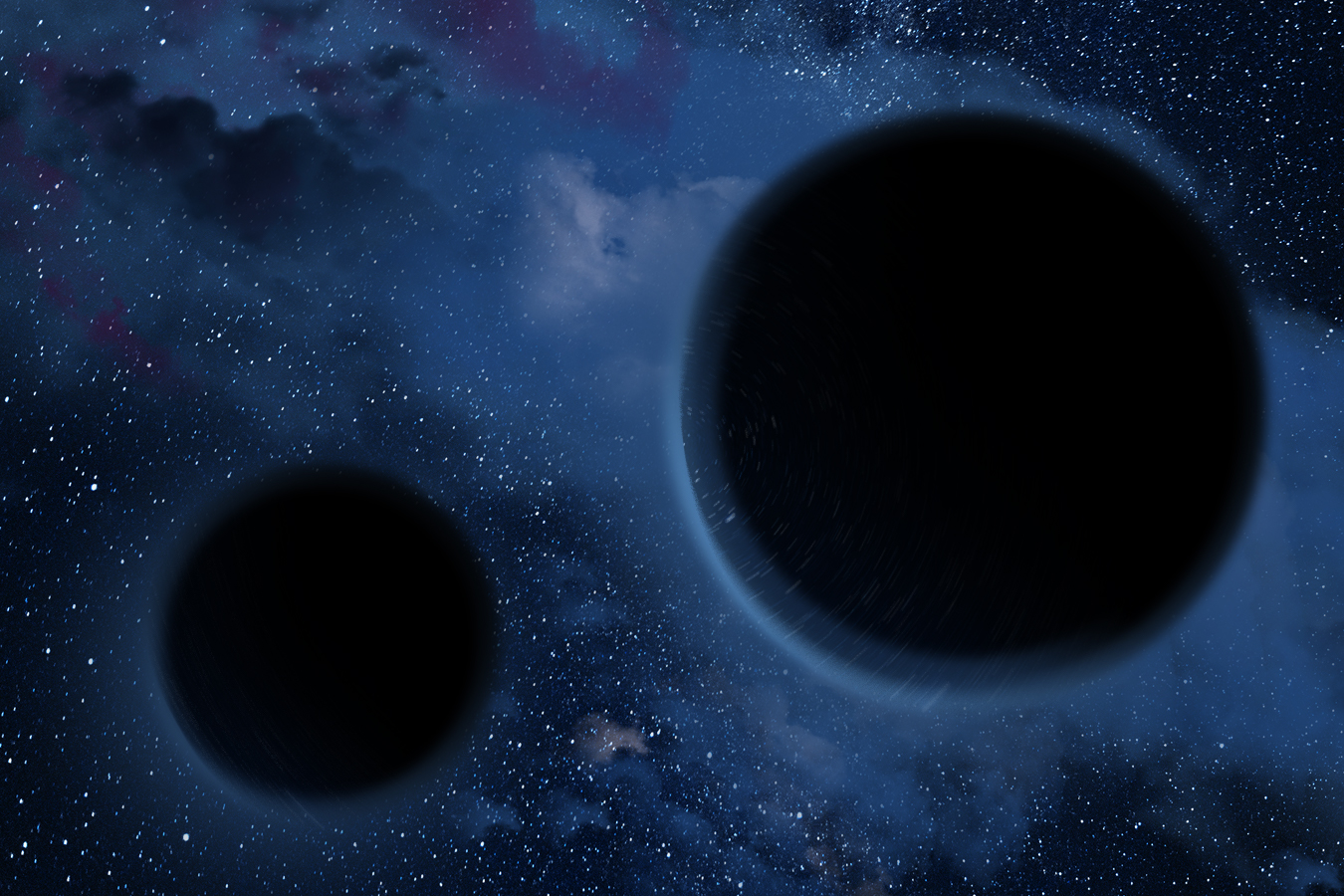
On Sept. 9, 2018, astronomers spotted a flash from a galaxy 860 million light years away. The source was a supermassive black hole about 50 million times the mass of the sun. Normally quiet, the gravitational giant suddenly awoke to devour a passing star in a rare instance known as a tidal disruption event. As the stellar debris fell toward the black hole, it released an enormous amount of energy in the form of light. Researchers at MIT, the European Southern Observatory, and elsewhere used multiple telescopes to keep watch…



